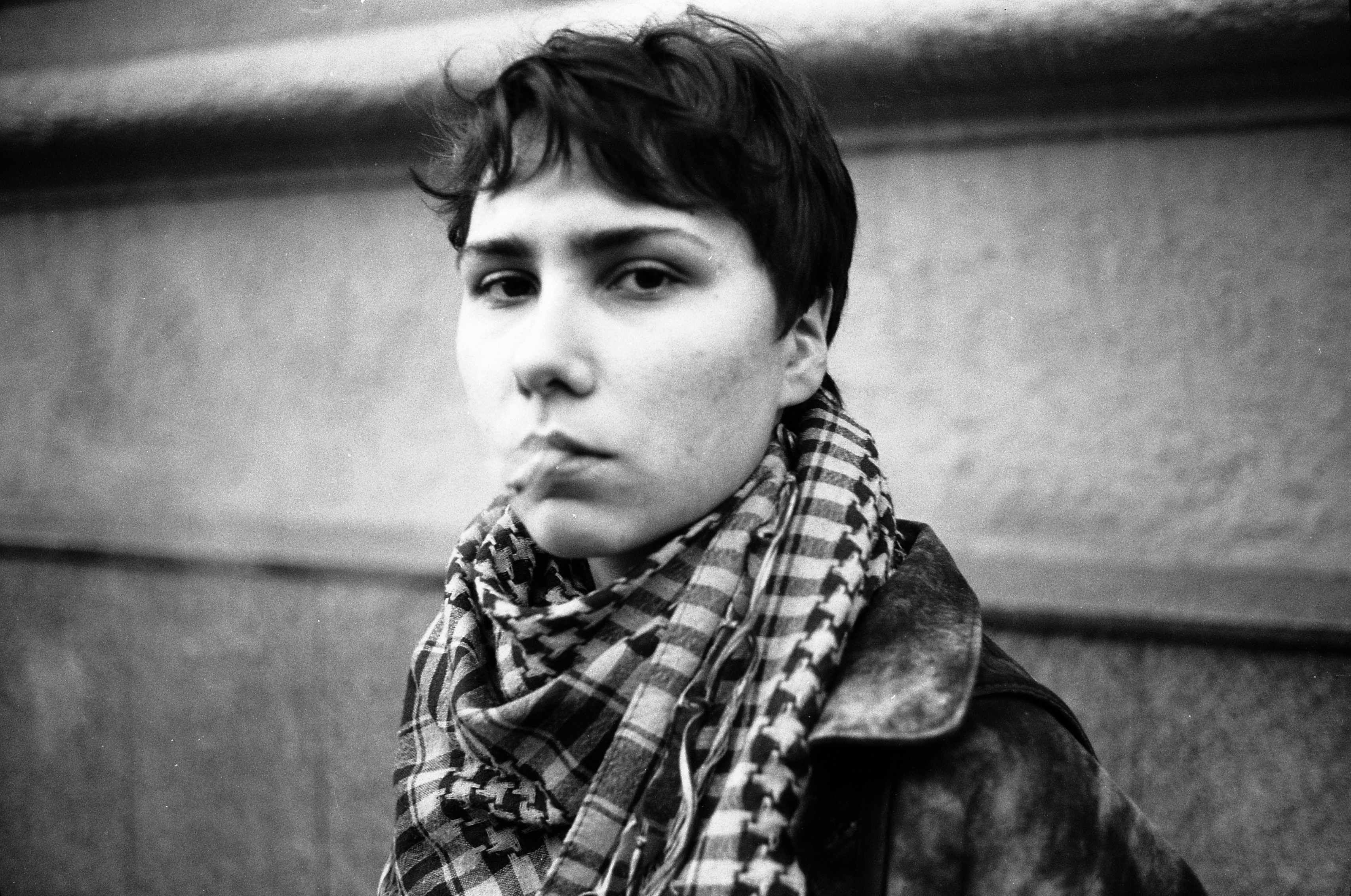Adapting, gaining new important skills, changing one’s environment, uniting against a common enemy, and, finally, finding acceptance––of our surroundings and what has happened over the year and a half of our fight. War is everywhere, it is total, seeping into every aspect of life, forcing us to adapt to real and cruel events. In this project I would like to demonstrate my vision of daily life in various parts of Ukraine which continues even while bullets whistle overhead. I want to document the present moment with all its aspects and challenges Ukrainians are currently facing: the destruction, the preservation of cultural and historical heritage amid war, the help people offer one another, the constant transformation in the urban landscape. My instrument is a medium-format film camera. Each image is compiled from 12 frames. An important task was to utilize the film as a whole image, without further editing, so that each frame inside the panorama complements one another and creates a coherent composition. Each panorama is an analog print of 90x12cm.
Olha Koval
Documenting Ukraine Grants
Adapting, gaining new important skills, changing environment, uniting against a common enemy, and finally, finding acceptance––of our surroundings and what has happened over the year and a half of our fight. War is everywhere, it is total, seeping into every aspect of life, forcing us to adapt to real and cruel events.
In this project I would like to demonstrate my vision of daily life in various parts of Ukraine. Every week I see how adults continue to work, students continue to study, and children play unconcernedly. It is a desire to live a life where there are holidays, plans for the future, stability and care for one another. Life goes on even while the bullets whistle overhead.
Another main topic is the changes in the urban landscape, its constant transformation. For example, how an automobile graveyard becomes a reminder of Russian war crimes; or how arable farmland near Chernihiv becomes a burial site for Ukrainian military.
In my project I also focus on the life of the vulnerable population. After the full-scale invasion, the number of homeless and impoverished people has increased. A few caring people are willing to help the homeless by offering them food and company.
Every panorama is a cinematographic expression where the camera follows the object and captures it through a specific optic, transforming the reality according to the artistic task. This gives each panorama an opportunity to go beyond the typical documentary genre, creating a vulnerable image of ordinary life with the consequences of war as its main topic. My instrument is a medium-format film camera. Each image is compiled from 12 frames. An important task was to use the film as a whole image, without further editing, so that each frame inside the panorama complements one another and creates a coherent composition. Each panorama is an analog print of 80x6 cm.

